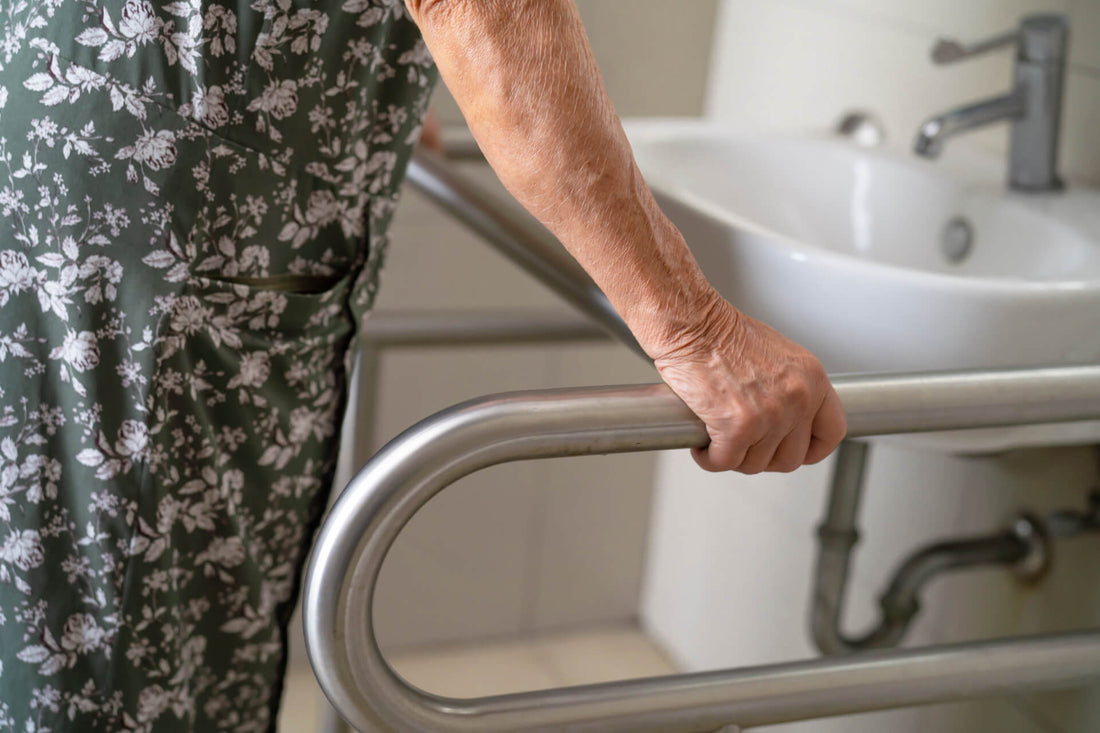As we age, maintaining balance becomes increasingly important to ensure independence and prevent falls. Family caregivers often seek exercise for balance in seniors to help their loved ones stay active and safe. This comprehensive guide will explore the importance of balance exercises and provide practical tips for incorporating them into daily routines.

Understanding the Importance of Balance
Balance is a crucial aspect of overall health and well-being, especially for seniors. It involves the ability to maintain the body’s center of gravity over its base of support. As we age, changes in muscle strength, vision, and coordination can affect balance, making exercise for balance in seniors essential.
Why Balance Declines with Age
Several factors contribute to the decline in balance as we age. Muscle strength diminishes, reflexes slow down, and sensory systems that help with balance, such as vision and proprioception, may weaken. These changes increase the risk of falls, making balance exercises vital for seniors.
Benefits of Balance Exercises
Engaging in regular balance exercises offers numerous benefits for seniors. These exercises improve stability, enhance coordination, and reduce the risk of falls. Additionally, they boost confidence in performing daily activities and promote overall physical fitness.
Types of Balance Exercises for Seniors
Incorporating a variety of balance exercises can help seniors maintain stability and prevent falls. Here are some effective exercises to consider:
Standing on One Leg
This simple exercise involves standing on one leg for a few seconds, then switching to the other leg. It helps strengthen leg muscles and improve balance. For added safety, perform this exercise near a sturdy chair or countertop for support.
Heel-to-Toe Walk
The heel-to-toe walk involves walking in a straight line, placing the heel of one foot directly in front of the toes of the other foot. This exercise enhances coordination and balance.
Chair-Based Exercises
Chair-based exercises are excellent for seniors with limited mobility. Seated leg lifts, ankle circles, and seated marches can help improve balance and strengthen muscles.
Incorporating Balance Exercises into Daily Routine
Consistency is key when it comes to improving balance. Here are some tips for incorporating balance exercises into a senior’s daily routine:
Start Slowly
Begin with simple exercises and gradually increase the difficulty as confidence and strength improve.
Set Realistic Goals
Set achievable goals to track progress and stay motivated. Celebrate small victories along the way.
Create a Safe Environment
Ensure the exercise area is free from obstacles and hazards. Consider using supportive equipment like hip protectors or grab bars for added safety.
The Role of Family Caregivers
Family caregivers play a crucial role in supporting seniors with balance exercises. Here are some ways caregivers can help:
Encourage Regular Participation
Motivate seniors to participate in balance exercises regularly. Offer positive reinforcement and celebrate their progress.
Provide Assistance
Assist with exercises when needed, ensuring the senior feels safe and supported. Be patient and understanding of their limitations.
Monitor Progress
Keep track of the senior’s progress and adjust exercises as needed. Consult with healthcare professionals for personalized guidance.
Additional Resources
For more information on creating a safe environment for seniors, check out this external resource.

FAQ
What are the best exercises for balance in seniors?
Some of the best exercises include standing on one leg, heel-to-toe walk, and chair-based exercises.
How often should seniors do balance exercises?
Seniors should aim to do balance exercises at least three times a week for optimal results.
Can balance exercises prevent falls?
Yes, regular balance exercises can significantly reduce the risk of falls by improving stability and coordination.
This article contains affiliate links. We may earn a commission at no extra cost to you.






